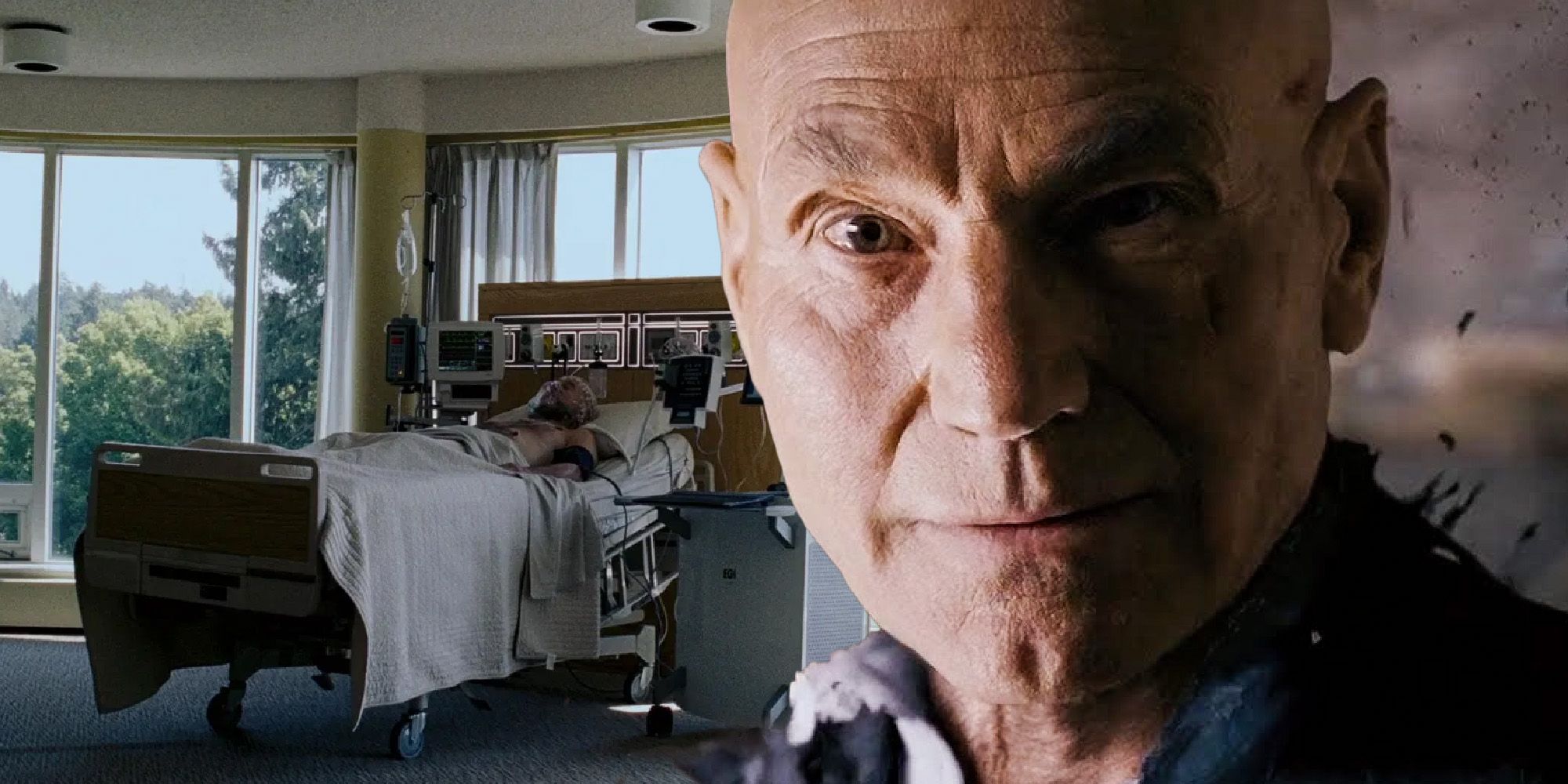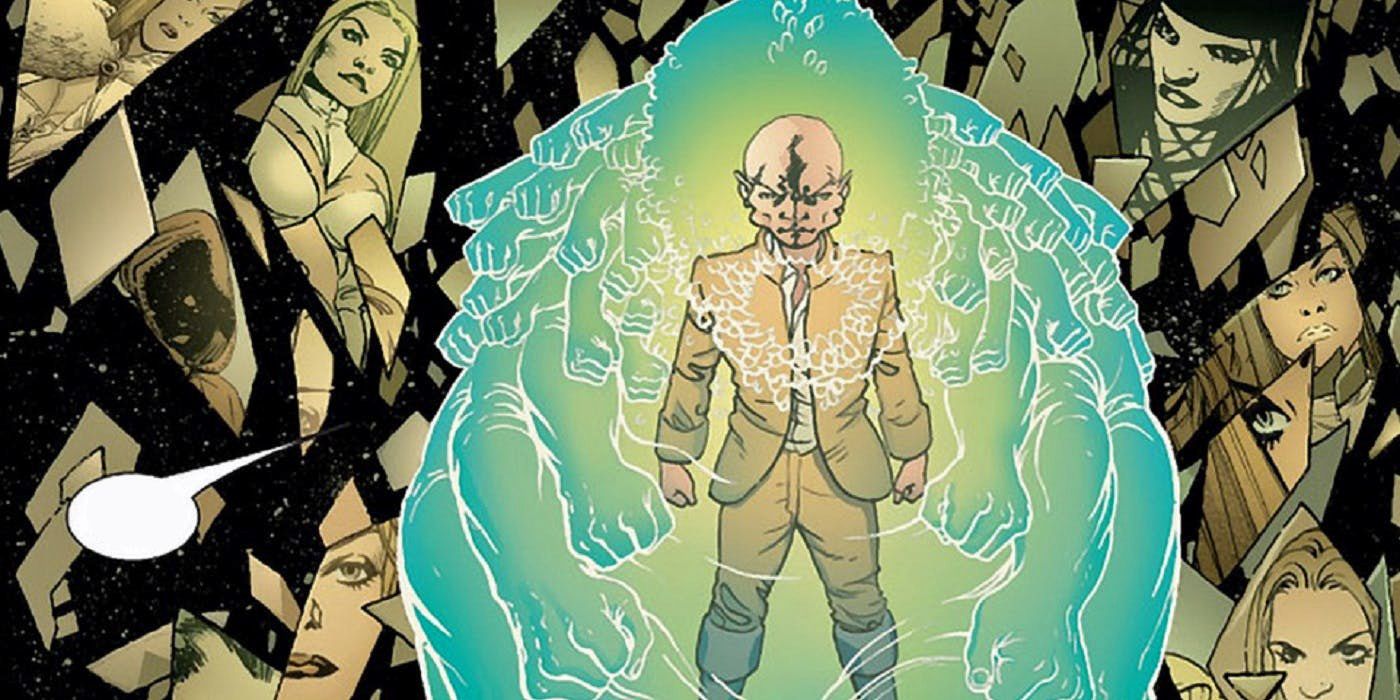X-Men: The Last Stand's subplot involving Professor Xavier's twin was one of the series' best ideas with the least amount of payoff. Considering the unevenness of the long-running franchise, which included some spectacular entries as well as some truly disappointing flicks, further exploration of the telepathic mutant and his mysterious twin could have really spiced things up.
Earlier in X-Men: The Last Stand's runtime, the audience is introduced to a comatose man in the care of Dr. Moira MacTaggert while Professor X, in a lecture with his students, wonders at the possibility of supplanting the mind of another dying person into the man's otherwise healthy body. While the patient remains unnamed during the movie, the accompanying director's commentary suggests that he is actually "P. Xavier," Charles' previously unmentioned twin brother. Xavier — who meets his own horrific end when a possessed Jean Grey telekinetically slices him to bits midway through the film — is absent for much of X-Men: The Last Stand and it's climactic finale. However, an odd post-credit stinger shows a newly-animated P. Xavier calling out for Moira, alluding to Charles having psychically inhabited his body.
Therefore, it generally understood that for his future appearances in The Wolverine and X-Men: Days of Future Past, Professor X has been using his twin's body. Logan questions him as to how he is still alive in The Wolverine's post-credit scene, Charles says coyly, "As I told you long ago, you're not the only one with gifts." In other words, Charles decision to transport his consciousness into his brother was simply used so that the creators' could hand-wave the character's involvement in future films. The in-universe explanation is fairly disappointing, especially since the idea that Xavier was being haunted by what happened to his twin — in addition to the ethical dilemmas that would come with taking over his body — might have made for a great narrative in its own right.
The concept of Xavier having twin troubles is hardly a new one. In Grant Morrison's acclaimed and psychedelic New X-Men comics, it is revealed that Charles actually had a twin sister named Cassandra Nova who was stillborn at the the time of his birth. Cassandra (who's consciousness still existed despite not having a physical form) eventually rebuilt a body for herself and spent much of Morrison's run seeking revenge against her brother and his beloved X-Men. Her tense interactions with Charles made for incredibly compelling story material, managing to introduce both a terrifying new antagonist and allowing for some unexpected character growth for the often-static professor.
In the X-Men's cinematic universe, a similarly complicated investigation of Charles Xavier's character would have been a welcome departure. With much of the franchise effectively reducing him as either unflappable (as in the original series) or tethered to his relationship with Magneto (in the First Class prequels), watching Patrick Stewart and/or James McAvoy forced to take on heavier and more varied material certainly would have been worth watching. Of course, dealing with the complex Cassandra Nova comic book storyline may have been a challenge, but adapting some of the story's themes and applying them to Charles' relationship to his on-screen twin brother certainly seems like something of a missed opportunity.
The third X-Men entry is often considered to be one of the least-satisfying in the series, due in no small part to some abrupt ends for many of the franchise's mutants, Charles Xavier chief among them. While the consciousness-swap with his twin may have been effectively erased with the rest of the events from X-Men: The Last Stand when X-Men: Days of Future Past effectively reset the timeline, it's entertaining to consider what could have been made the professor's most mind-boggling subplot.


